Evolving Retail Landscape
The retail environment for the frozen meat market is undergoing significant transformation, driven by the rise of e-commerce and the expansion of grocery delivery services. Consumers are increasingly turning to online platforms for their grocery needs, including frozen meat products, which has led to a surge in demand for efficient cold chain logistics. The frozen meat market is adapting to this shift by enhancing distribution channels and ensuring that products maintain optimal quality during transit. Recent statistics indicate that online grocery sales have surged by over 30% in the past year, reflecting changing shopping habits. This evolution in retail not only provides consumers with greater access to frozen meat options but also encourages retailers to innovate in their offerings, thereby fostering competition and potentially lowering prices.
Health and Wellness Trends
The frozen meat market is significantly influenced by the growing health and wellness trends among consumers. As individuals become more aware of their dietary choices, there is a marked increase in the demand for high-protein, low-fat frozen meat options. The frozen meat market is responding to this trend by introducing products that align with health-conscious consumer preferences, such as lean cuts and organic varieties. Data suggests that the market for healthy frozen meat options has expanded by approximately 7% in recent years, indicating a strong consumer inclination towards nutritious alternatives. This shift not only reflects changing dietary habits but also presents opportunities for manufacturers to innovate and diversify their product offerings, catering to a health-oriented demographic.
Rising Meat Prices and Economic Factors
Economic factors, particularly the rising prices of fresh meat, are playing a crucial role in shaping the frozen meat market. As consumers face increased costs for fresh meat products, many are turning to frozen alternatives as a more economical choice. The frozen meat market is likely to benefit from this trend, as frozen products often provide a cost-effective solution without sacrificing quality. Recent reports indicate that the price of fresh beef has risen by approximately 10% over the past year, prompting consumers to seek more affordable options. This economic shift may lead to a sustained increase in demand for frozen meat products, as budget-conscious consumers prioritize value while shopping for their protein needs.
Innovations in Packaging and Preservation
Innovations in packaging and preservation technologies are significantly impacting the frozen meat market. Advances in vacuum sealing and modified atmosphere packaging are enhancing the shelf life and quality of frozen meat products, making them more appealing to consumers. The frozen meat market is increasingly adopting these technologies to ensure that products retain their freshness and flavor over extended periods. Recent developments suggest that improved packaging solutions can reduce spoilage rates by up to 15%, thereby increasing consumer confidence in frozen meat options. As manufacturers continue to invest in these innovations, the market is likely to see a rise in product variety and quality, further driving consumer interest and sales.
Increased Consumer Preference for Frozen Products
The frozen meat market is experiencing a notable shift in consumer preferences, with an increasing number of individuals opting for frozen meat products due to their convenience and longer shelf life. This trend is particularly evident among busy households and working professionals who seek quick meal solutions without compromising on quality. According to recent data, the frozen meat segment has seen a growth rate of approximately 5% annually, indicating a robust demand. The frozen meat market is capitalizing on this trend by expanding product lines to include a variety of meats, catering to diverse culinary preferences. As consumers become more health-conscious, the availability of organic and lean frozen meat options is likely to further enhance market growth, appealing to a broader audience seeking nutritious meal solutions.


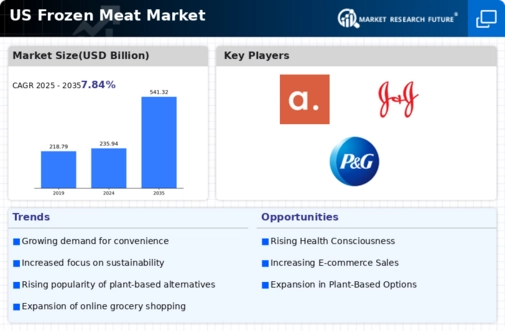
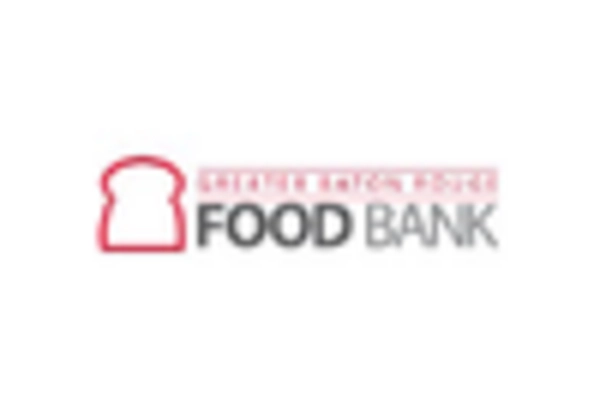

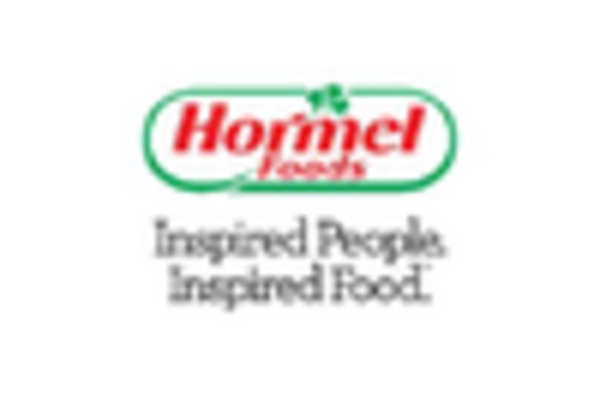

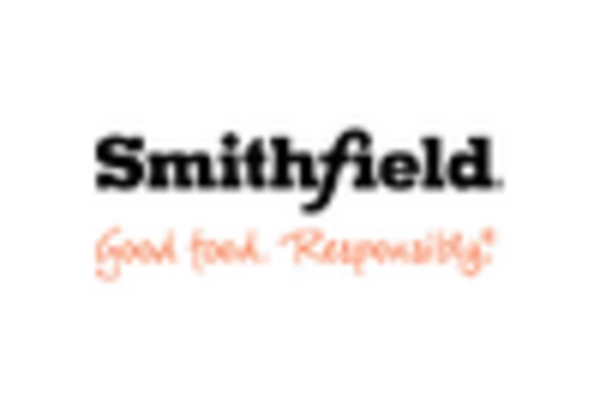
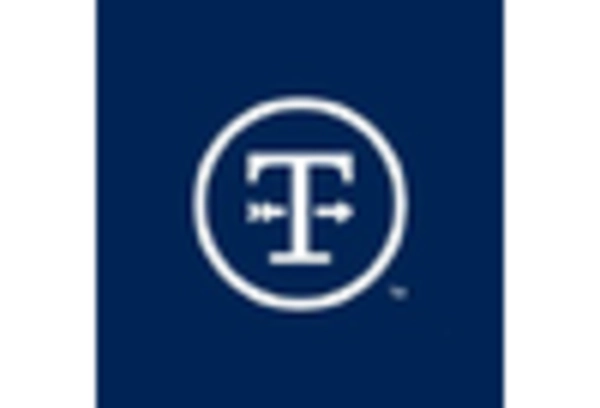








Leave a Comment